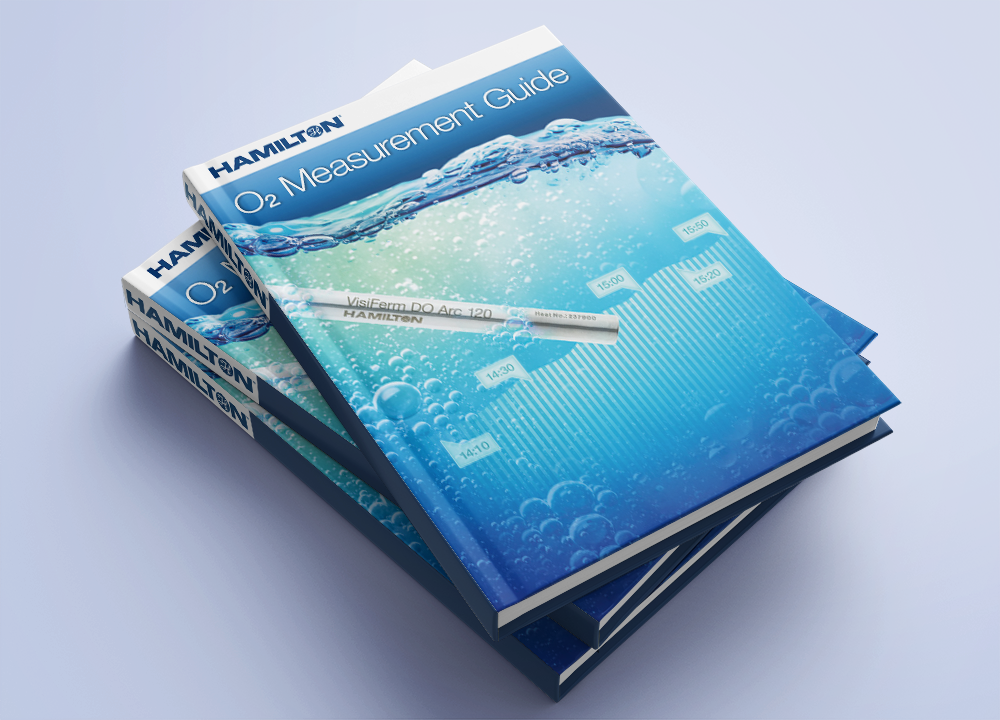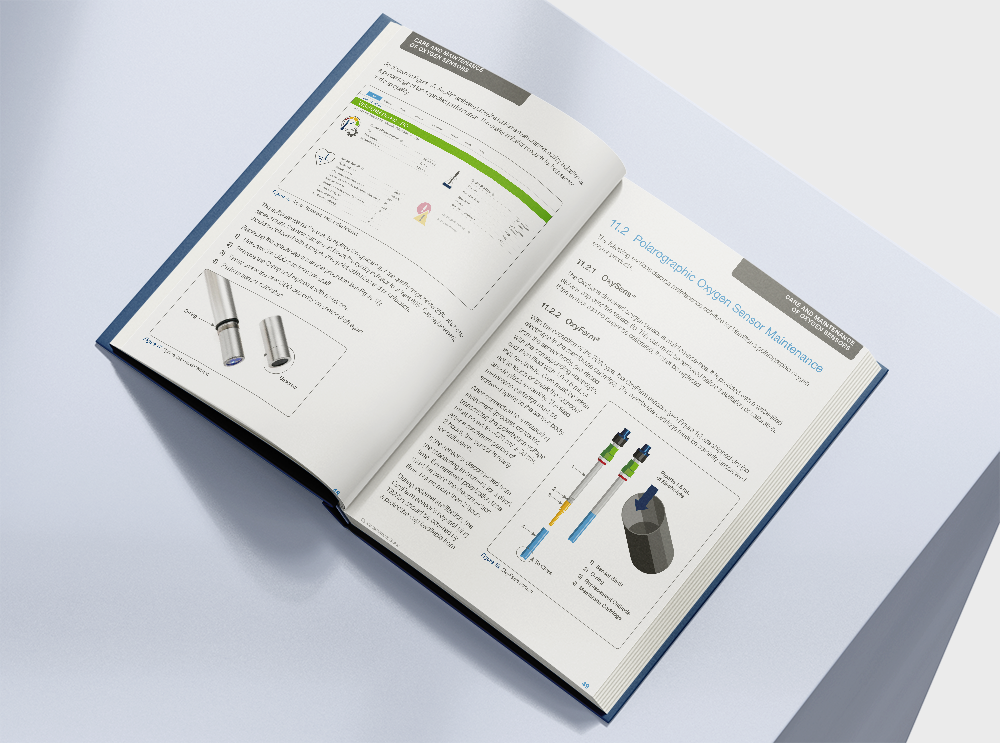Without oxygen in its free, gaseous state, life as we know it would not be the same. On land, all animal life depends on atmospheric oxygen in a narrow concentration range of around 20%. Too much or too little oxygen in the air can cause injury or death to land animals.
Oxygen readily dissolves in water and is vital for life in rivers, lakes, and oceans. In aquatic ecosystems, the amount of dissolved oxygen depends on both atmospheric oxygen concentration and temperature. Dissolved oxygen concentration can thus vary from one place to another, but each individual species can still survive in only a limited aqueous oxygen concentration range.
Download the eBook
It is, therefore, important for scientists to monitor oxygen levels in ecological systems, both in the wild and in the laboratory. Measurement of dissolved oxygen is crucial to other applications as well, such as:
- Treating residential and industrial wastewater using microbes, which require high dissolved oxygen levels to decompose organic waste
- Preventing corrosion in boilers and other industrial systems
- Enhancing the efficiency of chemical reactions in the production of items like household cleaners, industrial chemicals, and fuels
- Boosting yields in cell culture applications for biopharmaceutical drug manufacturing

Overview
The purpose of this eBook is to present fundamental information on the measurement of dissolved oxygen (DO) in a concise and easily understandable format. The following key topics are addressed:
- Oxygen basics, including its chemical and physical properties
- The physics behind dissolved oxygen
- Types of DO sensors and their functioning
- Implementing, calibrating, and maintaining DO sensors
This guide is intended for individuals interested in DO sensor technology or those needing to deploy DO sensors in controlled environments such as laboratories and industrial facilities.

Download the eBook

This information has been sourced, reviewed, and adapted from materials provided by Hamilton Company.
For more information on this source, please visit Hamilton Company.